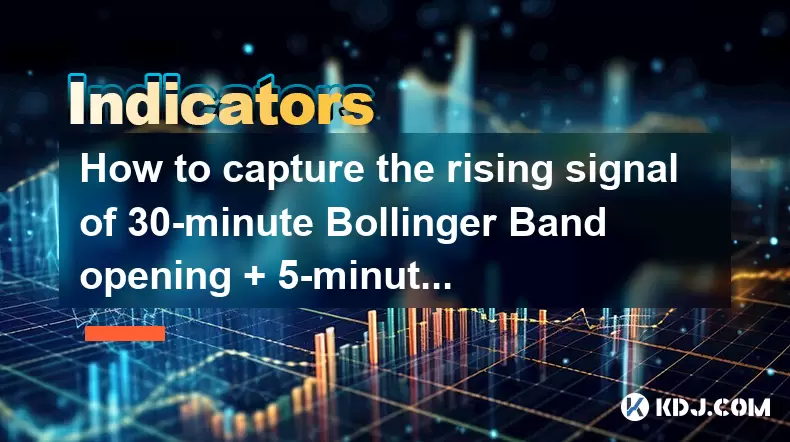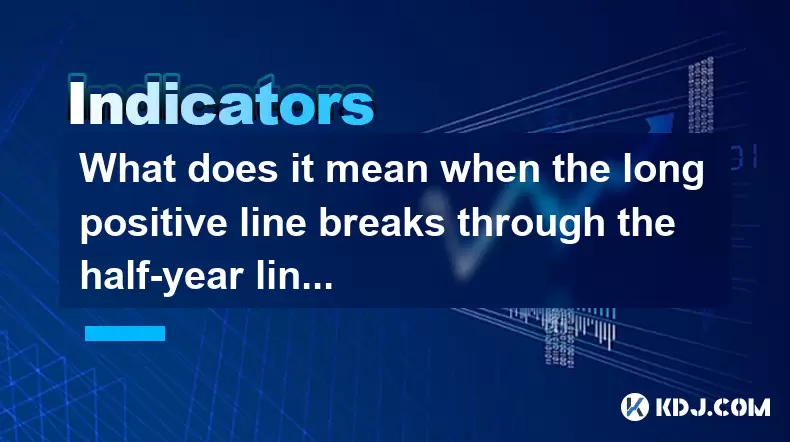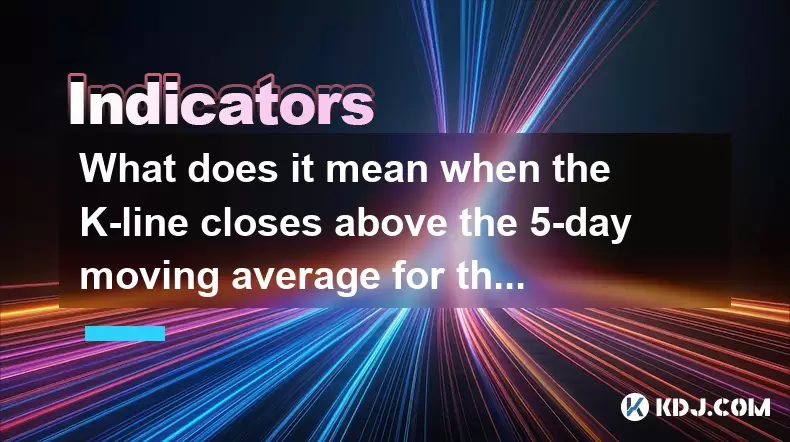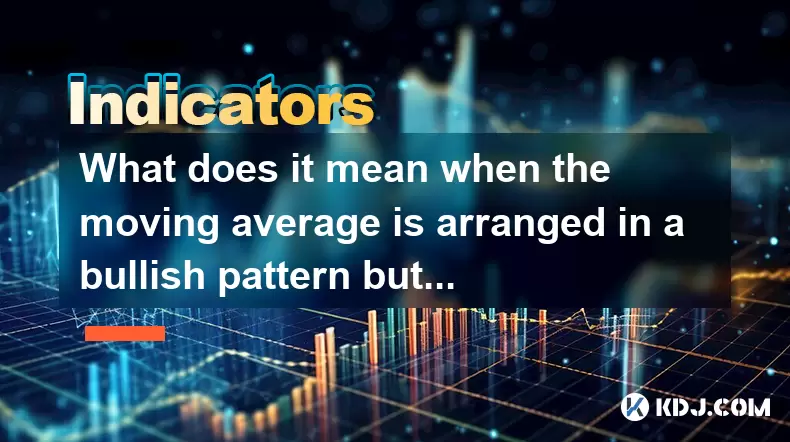-
 Bitcoin
Bitcoin $115100
-2.99% -
 Ethereum
Ethereum $3642
-1.38% -
 XRP
XRP $3.027
-5.51% -
 Tether USDt
Tether USDt $1.000
-0.05% -
 BNB
BNB $763.4
-1.32% -
 Solana
Solana $177.2
-5.42% -
 USDC
USDC $0.9999
-0.02% -
 Dogecoin
Dogecoin $0.2247
-6.47% -
 TRON
TRON $0.3135
0.23% -
 Cardano
Cardano $0.7824
-4.46% -
 Hyperliquid
Hyperliquid $42.53
-0.97% -
 Stellar
Stellar $0.4096
-6.09% -
 Sui
Sui $3.662
-2.61% -
 Chainlink
Chainlink $17.63
-3.57% -
 Bitcoin Cash
Bitcoin Cash $536.3
2.94% -
 Hedera
Hedera $0.2450
0.34% -
 Avalanche
Avalanche $23.23
-3.15% -
 Litecoin
Litecoin $112.2
-1.23% -
 UNUS SED LEO
UNUS SED LEO $8.976
-0.30% -
 Shiba Inu
Shiba Inu $0.00001341
-2.72% -
 Toncoin
Toncoin $3.101
-2.44% -
 Ethena USDe
Ethena USDe $1.001
-0.05% -
 Uniswap
Uniswap $10.08
-1.97% -
 Polkadot
Polkadot $3.938
-2.77% -
 Monero
Monero $323.9
0.87% -
 Dai
Dai $0.9999
-0.02% -
 Bitget Token
Bitget Token $4.481
-1.69% -
 Pepe
Pepe $0.00001199
-5.94% -
 Aave
Aave $288.2
-0.68% -
 Cronos
Cronos $0.1279
0.36%
How to capture the rising signal of 30-minute Bollinger Band opening + 5-minute RSI breaking through 50?
A 30-minute Bollinger Band expansion signals rising volatility, and when combined with a 5-minute RSI breakout above 50, it highlights strong bullish momentum and potential long opportunities.
Jul 24, 2025 at 10:28 am

Understanding the Bollinger Band and RSI Combination
The Bollinger Band and Relative Strength Index (RSI) are two of the most widely used technical indicators in cryptocurrency trading. When combined, they can offer powerful signals for potential price movements. The 30-minute Bollinger Band opening refers to the expansion of the upper and lower bands, indicating increased volatility. This expansion often precedes strong directional moves. Simultaneously, the 5-minute RSI breaking through 50 suggests a shift in momentum from bearish to bullish, as RSI values above 50 indicate buying pressure. Traders look for this confluence to identify early-stage upward momentum.
The Bollinger Band consists of a middle band (typically a 20-period simple moving average) and two outer bands set two standard deviations away. When the bands "open," the distance between them increases, signaling that volatility is rising. In the context of a 30-minute timeframe, this can reflect institutional or large trader activity entering the market. The 5-minute RSI, on the other hand, provides a granular view of short-term momentum. A break above 50 on the 5-minute chart confirms that buyers are gaining control in the immediate term.
Setting Up the Chart Configuration
To effectively monitor this signal, traders must configure their trading platform correctly. Open a dual-timeframe chart layout with 30-minute candles on the primary chart and 5-minute candles on a secondary window. On the 30-minute chart, apply the Bollinger Band indicator with default settings (20 periods, 2 standard deviations). Ensure the bands are clearly visible and responsive to price changes.
On the 5-minute chart, add the RSI indicator with a period of 14. Adjust the RSI panel to display a horizontal line at the 50 level for easy reference. Most platforms allow customization of indicator levels. Confirm that the RSI updates in real time and aligns with candle closures. Use a reliable exchange or charting tool such as TradingView, Binance Futures, or Bybit to ensure data accuracy. Enable alerts for RSI crossing 50 to avoid missing entries.
Identifying the Bollinger Band Opening on 30-Minute Chart
A Bollinger Band opening occurs when the gap between the upper and lower bands widens significantly after a period of contraction. This is often referred to as the "squeeze." After a squeeze, the subsequent expansion can signal the start of a new trend. To confirm an opening:
- Observe the bandwidth, which is the difference between the upper and lower bands.
- Look for a visible increase in band distance over two to three consecutive 30-minute candles.
- Check that price has broken out of the narrow range that preceded the squeeze.
- Confirm that volume has increased alongside the band expansion, reinforcing the move.
When the bands begin to open, it suggests that volatility is returning. In bullish scenarios, price often closes near or above the upper band, indicating strong buying interest. This sets the stage for further upside, especially if confirmed by momentum indicators on lower timeframes.
Confirming RSI Break Above 50 on 5-Minute Chart
While the 30-minute Bollinger Band opening sets the context, the 5-minute RSI breakout above 50 acts as the trigger. To validate this signal:
- Wait for the RSI line to cross above 50 on the 5-minute chart.
- Ensure the cross occurs after a period of consolidation or downtrend, making the breakout more meaningful.
- Confirm that the cross happens on or shortly after a green candle closes, reinforcing bullish momentum.
- Avoid entries if the RSI spikes above 50 but quickly reverses, as this may indicate a false breakout.
The 5-minute timeframe allows for precise timing. A sustained RSI above 50 suggests that buyers are consistently outpacing sellers in the short term. When this coincides with rising volatility on the 30-minute chart, the probability of a successful long trade increases.
Executing the Trade Entry and Managing Risk
Once both conditions are met — Bollinger Band opening on 30-minute and RSI breaking 50 on 5-minute — prepare to enter a long position. Use a market or limit order depending on price action. Consider the following steps:
- Place a buy order at the current market price or slightly above the latest 5-minute high.
- Set a stop-loss below the most recent swing low on the 5-minute chart or beneath the 30-minute lower Bollinger Band.
- Define a take-profit level at the upper Bollinger Band on the 30-minute chart or at a recent resistance zone.
- Adjust position size based on risk tolerance, ensuring no more than 1–2% of capital is at risk.
Use trailing stops to lock in profits if the trend extends. Monitor volume and price action for signs of exhaustion. Avoid holding through major news events unless the trend shows exceptional strength.
Common Pitfalls and How to Avoid Them
Traders may misinterpret signals if they act prematurely. A Bollinger Band expansion without follow-through can lead to false breakouts. Similarly, RSI crossing 50 in choppy markets may not result in sustained momentum. To reduce risk:
- Wait for candle confirmation on both timeframes before entering.
- Avoid trading during low-volume periods such as weekends or holidays.
- Cross-verify with volume indicators — rising volume supports the validity of the breakout.
- Do not ignore overall market trend; align trades with the higher timeframe direction.
Using multiple confirmations reduces the chance of whipsaws. Always backtest this strategy on historical data to understand its performance across different market conditions.
Frequently Asked Questions
Can this strategy be applied to altcoins?
Yes, the Bollinger Band and RSI combination works across various cryptocurrencies. However, ensure the altcoin has sufficient liquidity and volume. Low-cap coins may produce erratic signals due to manipulation or thin order books. Test the strategy on stable, high-volume altcoins like ADA, SOL, or DOT before scaling.
What if the RSI breaks 50 but the Bollinger Bands haven’t opened yet?
This scenario lacks confluence. A 5-minute RSI breakout without 30-minute volatility expansion may result in a weak move. Wait for the Bollinger Band to open before considering entry. Premature entries increase exposure to false signals.
Should I use RSI with different settings?
The default 14-period RSI is widely tested and reliable. Adjusting to lower periods (e.g., 9) increases sensitivity but may generate more false signals. Higher periods (e.g., 21) smooth the line but delay entries. Stick to 14 unless backtesting proves another setting more effective for a specific asset.
How do I know the Bollinger Band opening is significant?
A significant opening follows a clear squeeze period — when bands were narrow for several candles. Measure the bandwidth change; a sudden 30% or greater increase in band distance is meaningful. Combine with price closing outside the bands for stronger confirmation.
Disclaimer:info@kdj.com
The information provided is not trading advice. kdj.com does not assume any responsibility for any investments made based on the information provided in this article. Cryptocurrencies are highly volatile and it is highly recommended that you invest with caution after thorough research!
If you believe that the content used on this website infringes your copyright, please contact us immediately (info@kdj.com) and we will delete it promptly.
- Kiyosaki's Crypto Playbook: Ditching Paper for Real Assets Like Bitcoin
- 2025-07-25 22:30:11
- Satoshi-Era Whales Stir the Bitcoin Pot: What's the Deal?
- 2025-07-25 22:30:12
- Pi Coin Value in Indian Rupees (INR) 2024: Decoding the Hype
- 2025-07-25 21:45:50
- Crypto Investing: Top Picks and Meme Coin Mania in '25
- 2025-07-25 21:52:07
- Ark Invest's Portfolio Rebalance: Coinbase, Block, and the Crypto Shift
- 2025-07-25 21:52:07
- Bitcoin's Wild Ride: Sell-offs, Volatility, and What's Next
- 2025-07-25 21:55:18
Related knowledge

How to interpret that the KDJ D line is downward for a long time but the price is sideways?
Jul 25,2025 at 07:00pm
Understanding the KDJ Indicator and Its ComponentsThe KDJ indicator is a momentum oscillator widely used in cryptocurrency trading to assess overbough...

What does it mean that the KDJ indicator forms a double bottom at a low level?
Jul 25,2025 at 05:08pm
Understanding the KDJ Indicator in Cryptocurrency TradingThe KDJ indicator is a momentum oscillator widely used in cryptocurrency trading to identify ...

What does it mean that the RSI continues to hover in the 40-60 range?
Jul 25,2025 at 11:07pm
Understanding the RSI and Its Typical BehaviorThe Relative Strength Index (RSI) is a momentum oscillator that measures the speed and change of price m...

What does it mean when the long positive line breaks through the half-year line and then steps back?
Jul 25,2025 at 06:49pm
Understanding the Long Positive Line in Candlestick ChartsIn the world of cryptocurrency trading, candlestick patterns play a vital role in technical ...

What does it mean when the K-line closes above the 5-day moving average for three consecutive days?
Jul 25,2025 at 10:07pm
Understanding the K-line and 5-day Moving AverageThe K-line, also known as a candlestick, is a critical charting tool used in technical analysis to re...

What does it mean when the moving average is arranged in a bullish pattern but the K-line closes negatively continuously?
Jul 25,2025 at 10:56pm
Understanding the Bullish Moving Average PatternWhen the moving average (MA) lines are arranged in a bullish pattern, it typically indicates that shor...

How to interpret that the KDJ D line is downward for a long time but the price is sideways?
Jul 25,2025 at 07:00pm
Understanding the KDJ Indicator and Its ComponentsThe KDJ indicator is a momentum oscillator widely used in cryptocurrency trading to assess overbough...

What does it mean that the KDJ indicator forms a double bottom at a low level?
Jul 25,2025 at 05:08pm
Understanding the KDJ Indicator in Cryptocurrency TradingThe KDJ indicator is a momentum oscillator widely used in cryptocurrency trading to identify ...

What does it mean that the RSI continues to hover in the 40-60 range?
Jul 25,2025 at 11:07pm
Understanding the RSI and Its Typical BehaviorThe Relative Strength Index (RSI) is a momentum oscillator that measures the speed and change of price m...

What does it mean when the long positive line breaks through the half-year line and then steps back?
Jul 25,2025 at 06:49pm
Understanding the Long Positive Line in Candlestick ChartsIn the world of cryptocurrency trading, candlestick patterns play a vital role in technical ...

What does it mean when the K-line closes above the 5-day moving average for three consecutive days?
Jul 25,2025 at 10:07pm
Understanding the K-line and 5-day Moving AverageThe K-line, also known as a candlestick, is a critical charting tool used in technical analysis to re...

What does it mean when the moving average is arranged in a bullish pattern but the K-line closes negatively continuously?
Jul 25,2025 at 10:56pm
Understanding the Bullish Moving Average PatternWhen the moving average (MA) lines are arranged in a bullish pattern, it typically indicates that shor...
See all articles

























































































